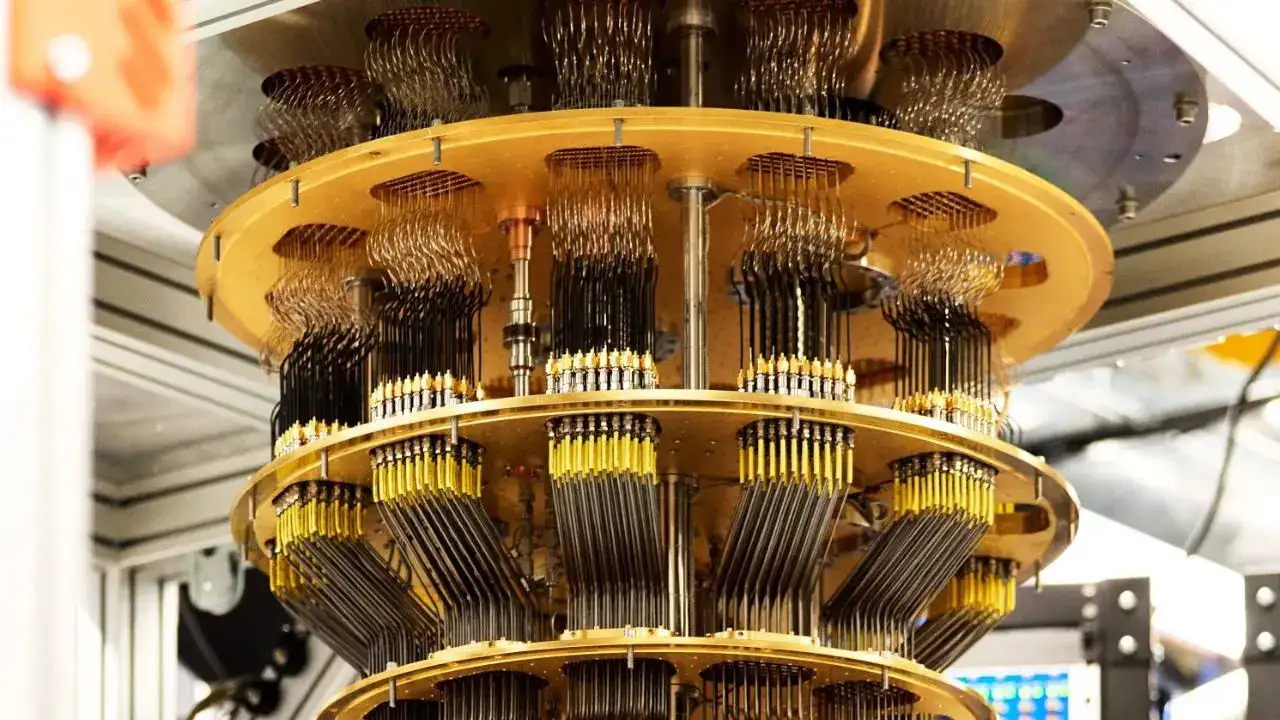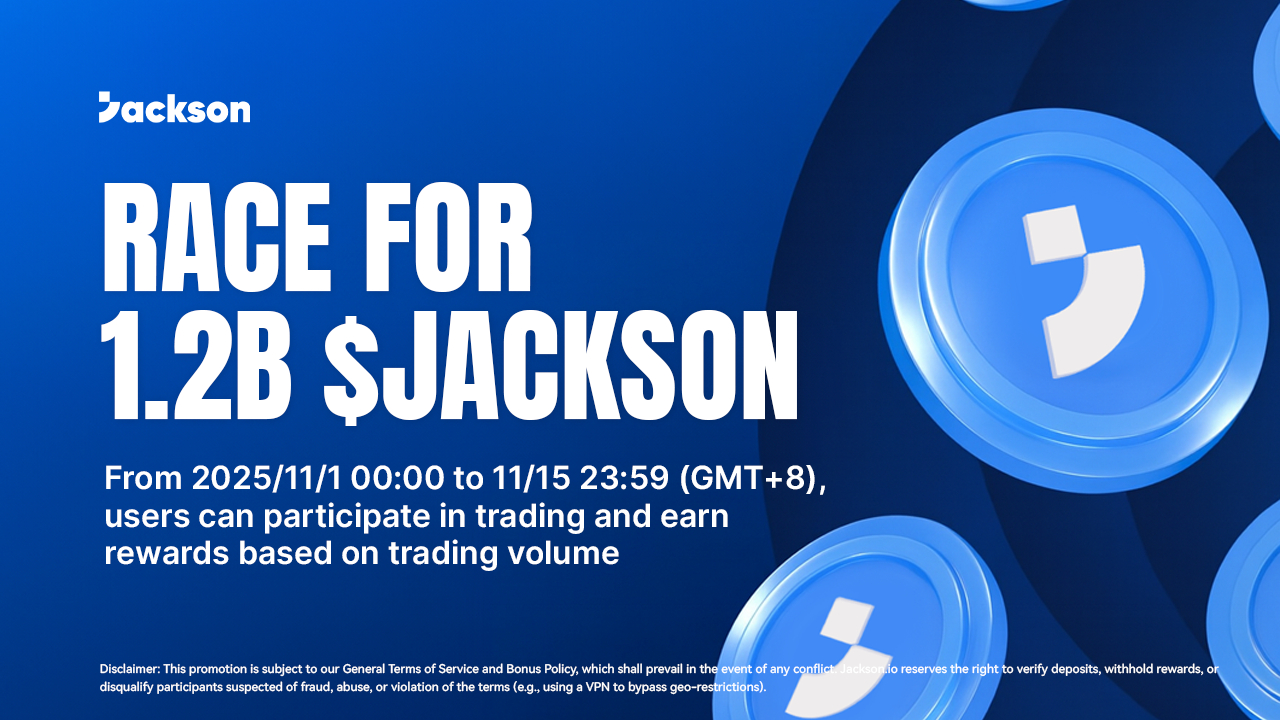Copyright timesnownews

Google has registered a new win as the company has developed an algorithm dubbed 'Willow' or 'Quantum Echoes' quantum computing chip, which claims to replicate on a similar system and surpass the performance of classic supercomputers. The same has been detailed in a paper that was published yesterday in the Nature journal. Google said that the algorithm operated 13,000 times faster compared to the most advanced super computer in the current scene. Sundar Pichai's Statement On Google's Quantum Achievement Google CEO Sundar Pichai said on X, 'Our Willow chip has achieved the first-ever verifiable quantum advantage. Willow ran the algorithm - which we’ve named Quantum Echoes - 13,000x faster than the best classical algorithm on one of the world's fastest supercomputers. This new algorithm can explain interactions between atoms in a molecule using nuclear magnetic resonance, paving a path towards potential future uses in drug discovery and materials science.' He also said that the results of the latest experiment are verifiable, which means that the outcome can be repeated by other quantum computers or can even be confirmed by experiments. Tesla CEO Elon Musk didn't miss out on the opportunity to react on the news and he said, 'Congrats, looks like quantum computing is becoming relevant.' Staff research scientist at Google Quantum AI, Tom O'Brien, said 'The key thing about verifiability is it’s a huge step in the path toward a real-world application. In achieving this result, we’re really pushing ourselves toward finding mainstream.' This also made Google's parent company Alphabet's shares see a jump of 2.4% in New York. Also Read: Elon Musk To Create An Army Of Tesla Robots, Here Is Why With this giant step, Google comes a little more closer to harnessing the power promised by quantum computing, which is a goal also being chased by competitors such as Microsoft Corp, International Business Machines Corp, and a few more start-ups. For those who are unaware, the Quantum computers perform calculations using tiny circuits, identical to traditional computers, but they do so in parallel instead of doing it sequentially, which sky rockets the speed. Get Latest News live on Times Now along with Breaking News and Top Headlines from Technology Science and around the world.



